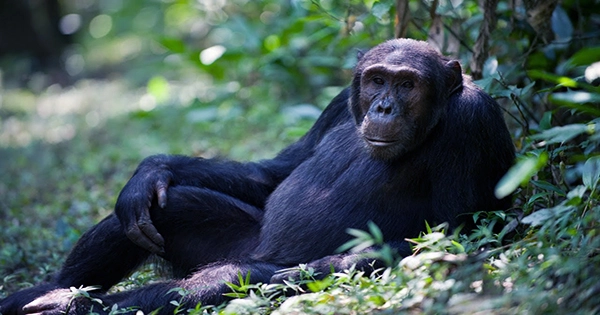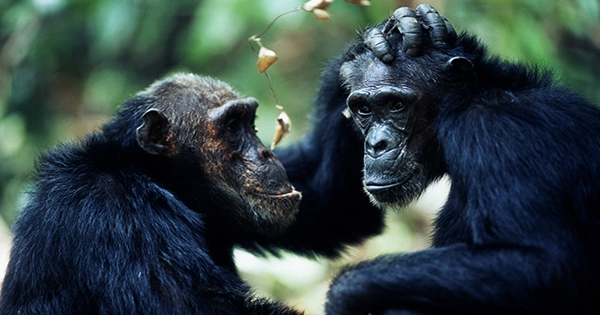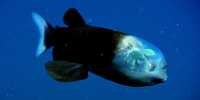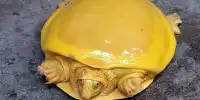Chimpanzees in Gabon’s Loango National Park may be using flying pharmacies, according to researchers who have seen the creatures applying insects to wounds. If genuine, the unusual practice could be a type of medication, making it the first time chimps have been documented using animal materials to heal. The discovery was made in a report published in Current Biology by a group of researchers from Osnabrück University in Germany and the Ozouga Chimpanzee Project. It focuses on the actions of approximately 45 chimps, a group that has been observed catching, crushing, and putting insects to their own wounds as well as the wounds of others.
It’s incredible. While this is the first time insects have been utilized in this fashion, it isn’t the first time our forefathers have experimented with natural “medicine.” “Self-medication has been reported across various animal groups, including insects, reptiles, birds, and mammals, where individuals employ plant parts or non-nutritive chemicals to battle infections or parasites,” stated cognitive scientist Simone Pika in a statement. “Our two closest living cousins, chimps and bonobos, for example, consume anthelmintic plant leaves and chew bitter leaves having chemical qualities that destroy intestinal parasites.”

The team noticed that specific chimpanzees were acting strangely when coping with injuries, which led to the discovery that insects may have joined the chimps’ pharmacological reserve. The first observation for Alessandra Mascaro, who volunteered for the study, featured a mother chimp named Suzee plucking something from the air, eating it, and administering it to a wound on her son Sia’s foot. A similar observation was made with an adult male named Freddy, and after examining the tape, experts concluded that the chimps were most likely catching flying insects. The crew was on the lookout for similar findings after catching on to the behavior and eventually recorded 22 identical bug “medicine” instances.
Carol, an adult female, snatched a bug and brought it to Littlegrey, an adult male with a cut on his shin, in one of the most extraordinary exchanges seen. Carol and a few other chimps then touched Littlegrey’s wound and moved the insect across it, perhaps in an act of altruism. It’s unclear whether the activity has any medical benefits, although insects have long been employed for therapeutic purposes by humans, dating back to 1,400 BCE, and are still utilized in some parts of the world today. It’s also likely that insect rubbing has no scientific value and is simply a component of chimp culture in this group.
The researchers intend to continue their research in order to have a deeper grasp of this unusual behavior. Tobias Deschner, lead author and primatologist, remarked, “Our observations give the first evidence that chimps regularly gather insects and apply them to open wounds.” “We now want to look at the possible positive outcomes of such an unusual behavior.”















